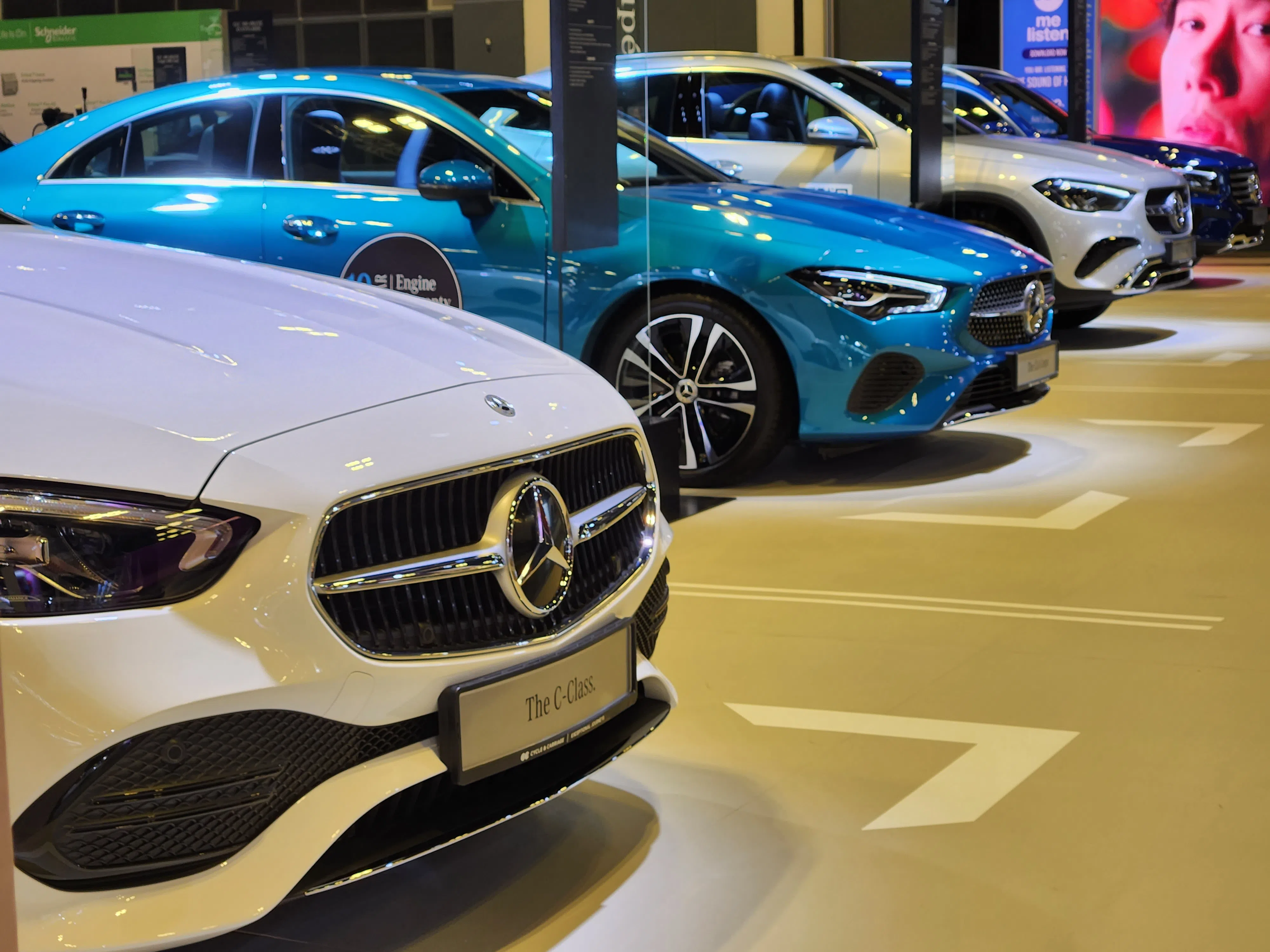THE premiums for passenger cars’ Certificates of Entitlement (COEs) rose in September’s second round of bidding, with the open category and the category for mainstream cars both hitting new highs in 2024.
Category E, the open category, which can be used to register any type of motor vehicle except for motorcycles, posted the biggest increase as it went up 5.8 per cent, or S$6,203, to S$113,104. Its previous high for the year was S$109,004 in January.
Category A, used to register mainstream cars, inched up 2.1 per cent or S$2,034 to S$98,524, eclipsing its previous high of S$94,289 set in August’s first round of bidding.
The Category A COE applies to mainstream cars that have engines of up to 1,600 cubic centimetres in capacity or with up to 97 kilowatts (kW) of power, or for electric vehicles with up to 110 kW of power.
Category B, for larger and more powerful cars, posted the second-largest rise in the latest round of bidding, increasing by 3.5 per cent or S$3,701 to S$110,001. This is the highest the category’s premium has been since January’s second round, although that round’s premium of S$112,000 remains the high point for 2024 to date.
Category C, applicable to commercial vehicles and buses, was the only premium to fall, albeit only by S$1 to S$74,000.
BT in your inbox
Start and end each day with the latest news stories and analyses delivered straight to your inbox.
Prices for Category D, used for motorcycles, rose 1 per cent or S$99 to S$9,900.
Showing up
Car dealers attributed Category E’s spike to dealers looking to secure more of that certificate in anticipation of greater retail demand for cars in October.
Ng Choon Wee, the commercial director for Hyundai distributor Komoco Motors, and Nicholas Wong, the chief executive officer for authorised Honda dealer Kah Motor, both said that with an upcoming motor show in October – The Car Expo – car dealers would be trying to obtain more open category certificates ahead of time.
“For Category E, I think everyone is being kiasu,” said Wong.
Category E certificates allow dealers to prepare for additional demand since they have a three-month validity and are transferable, unlike those for categories A and B, which can only be used to register cars on behalf of an owner or company.
Ng also said that car buyers were holding back on purchases as they expect to find better deals at the motor show, and considering other models amid an influx of new brands.
“I think consumers are browsing more to get a good idea of what they want to sign for at the show on the one hand, and on the other, they are also looking at new brands and models that have entered the market,” he said.
There has been an influx of Chinese brands – often focused on electric vehicles – this year, including Chery Omoda, GAC Aion, Smart, Skyworth, Xpeng and Zeekr.
Higher on hire
Wong also said that private-hire car (PHC) fleets were still exerting price pressure on categories A and B.
“Judging by the PHC population, I estimate they take up to 30 per cent of passenger car COEs per round. We can also see that taxi companies are scrapping their taxis and changing to PHCs because this is a more flexible model for fleets,” he added.
In March this year, regulations for taxis were loosened, including lengthening the statutory lifespan of non-electric taxis to 10 years from eight, and lowering the frequency of inspections to once per year from once every six months.
But as previously reported by The Business Times, observers said that taxis are simply no longer competitive since PHCs have the option to be sold off as second-hand cars, unlike taxis, which must be scrapped.
According to Land Transport Authority data as at August 2024, the PHC population is 86,453 – an all-time high – and 10.7 per cent higher than in the same period last year.
“The entire quota for this year should be around 37,000 to 38,000 passenger cars. Last year, it was around 30,000. It shows the market is still simply too squeezed,” said Wong.
“My observation is that COE premiums have gone crazy again. We’re at very high levels just like last year, when we had expected it to be lower by now,” said Ng.
“It doesn’t make sense anymore.”



